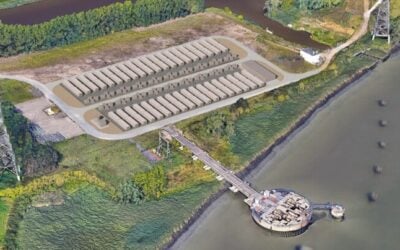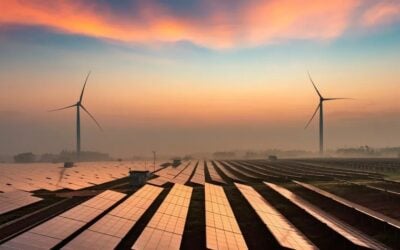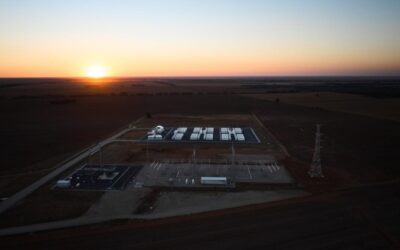A city in Bolivia which is currently powered entirely by diesel generators will be the home of a 5MW solar-diesel hybrid power plant fitted with battery storage, which inverter supplier SMA claims is the largest of its kind in the world.
Currently under construction, the power plant, in Bolivia’s Pando province, is located in an area which is not connected to the national power grid and relies on diesel generators. The new plant, which will have a 5MW capacity for PV generation, will supply enough electricity to meet the demand of around half of Pando’s capital, Cobija.
Engineering, procurement and construction (EPC) duties were carried out by Isotron, a subsidiary of Spanish company ISASTUR and the plant will be owned by Bolivian utility ENDE (Empresa Nacional de Electricidad), with another Bolivian company Eléctrica Guarachi, managing the project.
Inverter manufacturer SMA announced that construction of the plant was underway last week. SMA will supply the project with central inverters, battery inverters and an SMA Fuel Save Controller, a control system for the plant that SMA says “ensures the demand-oriented control of the photovoltaic system dependent on the plant’s load and genset characteristics”.
Try Premium for just $1
- Full premium access for the first month at only $1
- Converts to an annual rate after 30 days unless cancelled
- Cancel anytime during the trial period
Premium Benefits
- Expert industry analysis and interviews
- Digital access to PV Tech Power journal
- Exclusive event discounts
Or get the full Premium subscription right away
Or continue reading this article for free
The area has a high level of solar irradiation which makes it suitable for the PV plant, but is also on a high altitude of around 4,000 metres above sea level, at which the inverters and other system components have to continue to perform despite the challenge this presents.
SMA senior vice president of off-grid and storage Volker Wachenfeld said the Fuel Save Controller, “acts as a demand-driven controller of solar power feed-in to the interface between the diesel generator, PV array and power load. The SMA Fuel Save Controller records the energy flows in the stand-alone grid and uses that information to determine the maximum permissible PV power.
Wachenfeld claims that using this data, the system “can guarantee permanent system stability and ensure smooth control of the gensets.”
SMA claims that its Fuel Save Controller “ensures the demand-oriented control of the photovoltaic system dependent on the plant’s load and genset characteristics”. Image: SMA.
Speaking to PV Tech Storage at the Intersolar Europe show in Germany in June, Wachenfeld said the company had gone for a standardised approach in developing its earliest solutions for off-grid systems.
“In the beginning we needed a standardised and open, modular solution which we could put in any application. The market was very small at that time, dedicated to off-grid solutions, to remote islands, remote places, even in the mountains, or wherever and we needed something the installer could adapt easily to the needs of these remote locations. We have to adapt it to different system sizes, from very small to slightly big to very big. We have to adapt it to different temperatures like Africa, or we have one system in the Andes in Chile, one system on the South Pole. [The systems have to be] very flexible.”
Look out for a special video feature on next generation inverters, including hybrid and storage ready variations, coming soon on PV Tech Storage.





